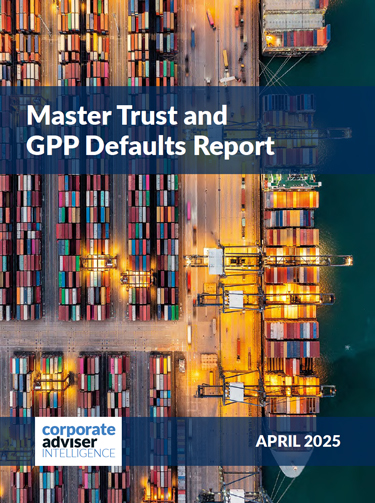LCP has submitted a ‘shopping list’ of concerns and objections to the Department of Work and Pension over its plans to introduce a lifetime provider model for workplace pensions.
The pensions consultancy is the latest to slam these proposals, after The Pensions Management Institute described this as “the wrong consultation at the wrong time” last week.
LCP says that the proposed reforms — which would give employees the right to choose their own provider for their workplace pension — would be a “major distraction” from more urgent initiatives that need taking forward, such as increasing AE contributions.
It adds that this ‘lifetime provider’ model coming on top of the creation pension dashboards and a ‘clearing house’ for micro-pot consolidation would create substantial additional cost, which would end up being borne by members, as would the additional marketing costs associated with a choice-based model.
It says there are better ways to tackle the proliferation of small pension pots, which do not involve such fundamental disruption to the existing system and do not risk undermining existing high quality provision for low and middle earners. It says that a form of ‘pot follows member’ would help to prevent the creation of new small pots without undermining existing high quality provision.
It adds that if these plans go ahead there is a significant risk of adverse outcomes for those who do not exercise choice, especially if more lucrative higher earners leave a scheme, thereby making the remaining scheme less economic for providers.
The DWP’s consultation on this issue is due to close on Wednesday (24 January) and it is expected that there may be similar objections made by consultants, providers and other organisations operating across the workplace pensions market. However some providers, such as Hargreaves Lansdown and Pensions Bee have expressed support for these plans.
LCP has asked a number of further list of questions as to how this pot for life model will work, if these proposals go ahead. One of its concerns is how individual savers will be able to evaluate the different pensions on offer to them. It asks whether they will they be expected to analyse complex Value for Money (VFM) reports, for example, or are they more likely to be swayed by marketing or incentive offers, possibly opting for an inferior scheme as a result?
It also asks whether “good” employers be willing to continue to offer high quality schemes if there is a risk that past employees may continue to contribute, potentially costing the employer more? LCP says that if there is to be an ‘exemption’ for such schemes (as mooted in the consultation paper) further clarification is needed on how these “good” schemes be defined?
LCP also points out that in a ‘member choice’ model, there may be pressure over time for the rules to allow workers to divert contributions into their individual personal pension pot (eg a Sipp held on an investment platform). It says this could potentially conflict with the ‘Mansion House’ agenda based on large schemes with significant allocation to ‘productive finance’.
Finally it says there needs to be more information on the approval regime for schemes or providers to be allowed to be ‘lifetime providers’? How will members be protected against the risk of scams associated with moving pension money around the system?
LCP partner and head of DC Laura Myers says: “The top priority for tackling the under-saving crisis is getting more money going into workplace pensions.
“Yet implementation of legislation that would do just that is currently stalled whilst the government apparently has capacity to do work on a complete restructuring of the whole architecture of automatic enrolment.
“There is already a huge amount of change and reform in the pipeline, taking up the time and money of employers, providers and trustees. These various reforms need to see the light of day and then be given time to bed in and their impact to be assessed before moving on to further change of questionable benefit and considerable cost to members”.





